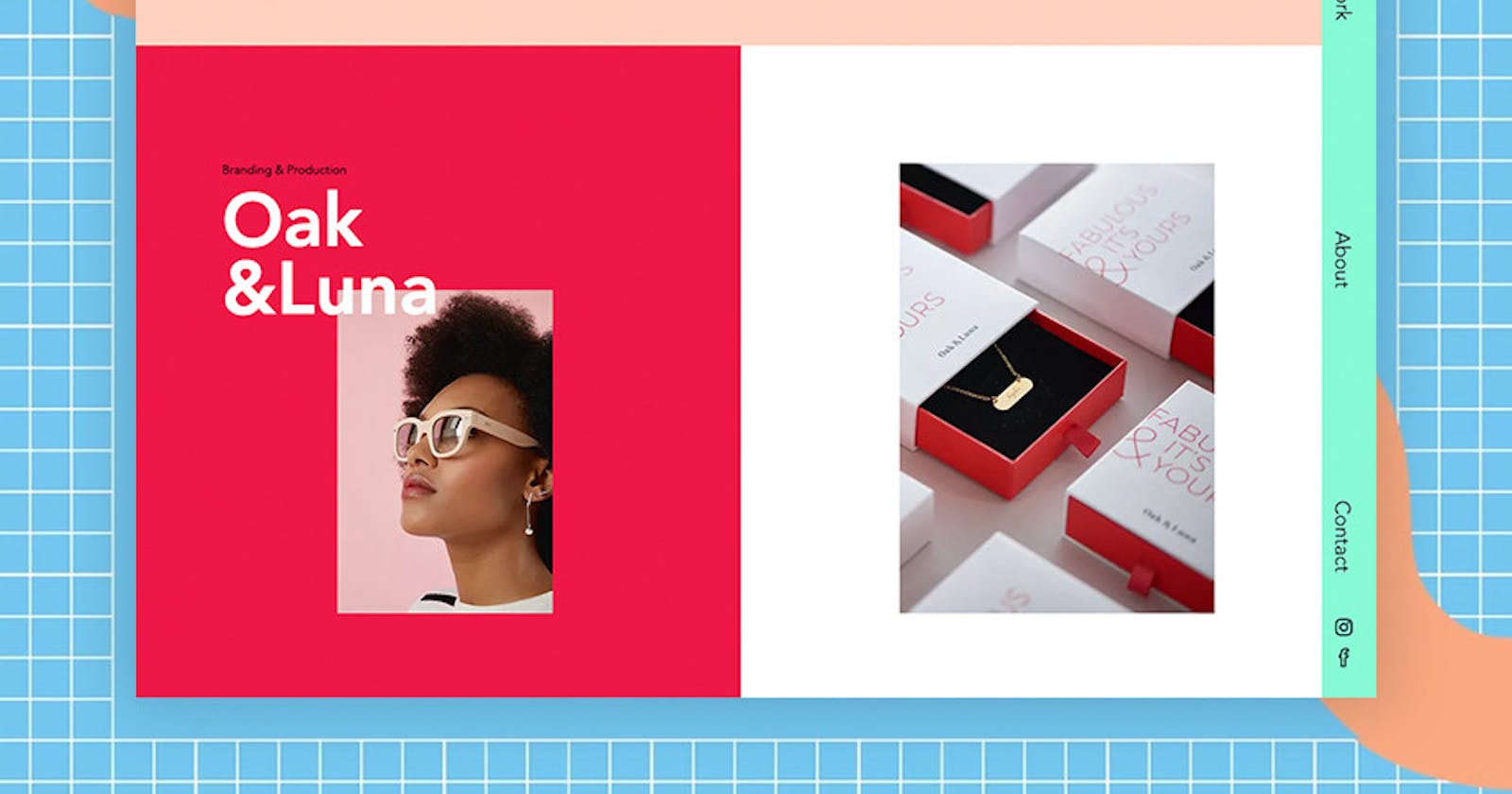13 Things You Should Include on Your Portfolio Website
What exactly is a portfolio website, what does it entail, and why do I require one?
Table of contents
- What is a portfolio website, and why is it necessary for developers?
- 13 requirements for your portfolio
- User experience and Design
- Your Image
- Your Skills
- A page dedicated to your bio/"about you"
- Work Experiences Before
- Your Attached Resume
- About programming projects
- Your Contact Information
- Accounts on Social Media
- Your Blog
- Contribution to Open Source
- Your Tech Communities or Groups
- Engagements as a Speaker
What is a portfolio website, and why is it necessary for developers?
- A portfolio website, also known as an e-portfolio, is an online presentation of your professional information, works, talents, and experiences. Oh, and did I mention that you may display your personality or interesting information on your website? Your portfolio website will show people what you are capable of as a developer, regardless of your job level. It is one of the most important ways to introduce oneself to potential employers.
13 requirements for your portfolio
User experience and Design
- The design is the first thing visitors notice when they visit your portfolio. How does it appear? As a result, it's critical that your website design is visually appealing and that it facilitates navigation and use.
Your Image
- Put your money where your mouth" is, as the phrase goes. We're going to twist it a little bit here. "Put your face where your work is," we may remark. Give folks a face to trust and something to relate to.
Your Skills
- This is a wonderful spot to brag about your talents; include those that are relevant to the position you want. Make careful not to include too many irrelevant talents that are irrelevant to the job and career opportunity you are seeking.
A page dedicated to your bio/"about you"
This is an excellent opportunity for you to share your tale. You can discuss about yourself, your personality, and a few interesting things here. It's your portfolio, so tell a tale to your audience.
Coding portfolios, as we previously stated, are a form of resume. What exactly do you do with resumes? You make an introduction. Include a brief bio, a photo, and information about what you've done, are doing, and plan to accomplish (or what are your plans). Keep it brief and sweet.
Work Experiences Before
- Remember to add your previous work experience in your portfolio. However, make sure you don't include any experiences that aren't relevant to the job or career path you're pursuing.
Your Attached Resume
- Because having a résumé on hand is needed at many professions, having a section of your portfolio dedicated to your resume for reading and downloading will be quite smart.
About programming projects
Whether it was a paid assignment, a personal project, or a school course project, as long as it demonstrates your abilities, you should include it in your portfolio.
This is a no-brainer. The main goal of a portfolio is to display your work. This section varies from coder to coder; I say this because a web developer and a game developer cannot display their work in the same way. (I can't go into depth on how to promote your work for each type of developer; you'll have to do your own study here.)
Your Contact Information
If someone takes the time to go over your portfolio, there's a good chance they'll want to contact you. Include your email address, phone number, or any other contact method you are comfortable with to make life easier for your visitors.
Employers will want to be able to reach you! The last thing you want is for an employer to be impressed with your work yet be unable to hire you. Include a phone number and/or email address.
Accounts on Social Media
- If you want people to learn more about you by looking at your social media profiles, you may put links to your accounts in your portfolio. I included my Github, Linkedin, hashnode, and a few more accounts for myself. It's up to you, though, to decide how much of your social media activity you want on your portfolio website.
Your Blog
- If you write and your articles or writings are relevant, a link to your blog or blog entries should be included in your portfolio.
Contribution to Open Source
- You are doing an incredible job if you contribute to open source! That should be documented in your portfolio.
Your Tech Communities or Groups
- With various fantastic groups and communities, the IT sector is a tremendously supportive one. If you are a member of or a leader in one of these groups, you should consider incorporating it in your portfolio.
Engagements as a Speaker
- If you've spoken at any tech events, you may add it in your portfolio, along with a video of you doing so. In general, your portfolio is a crucial tool for finding new job prospects. Start getting revved up to start creating one if you don't already have one. If you already have one, you may take one or two of the above-mentioned ideas and use them to improve your portfolio.

